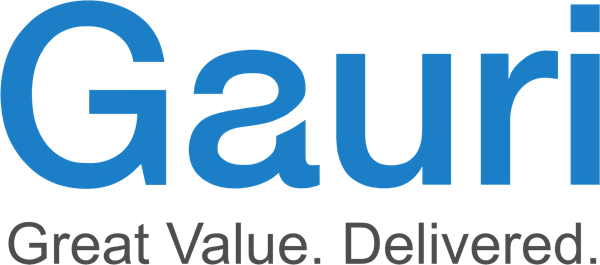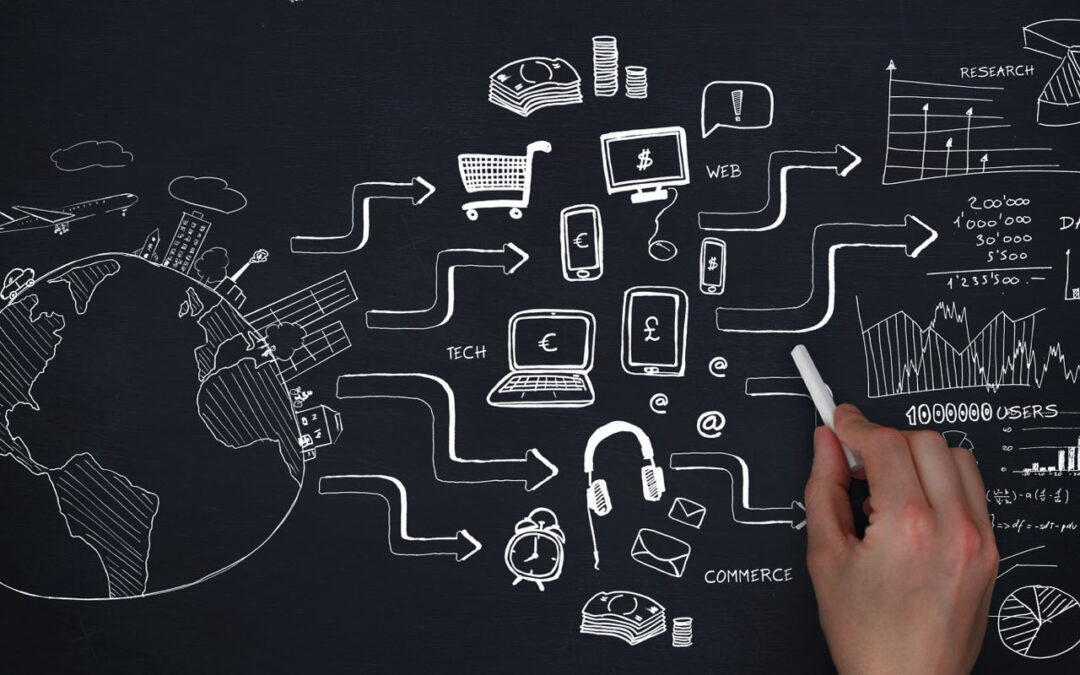If you’re in the process of choosing a platform for CRM, there are numerous solutions to choose from that are currently available today. Back in the early days of CRM, there were only a handful.
Over the last two decades we have seen more than twenty platforms; catering from small business to mid-tier, to enterprise grade.
At the core, most CRMs enable you to streamline your sales, service and marketing processes. Some provide field service management as well, in addition to integrating with multi-channel contact centre applications, plus email and third-party integration.
At the start of this decade, we began to see next generation CRMs trying to cater for a customer base that is digitally enabled, socially conscious, equipped with latest information, while expecting best-in-class user experience. These platforms have a real-time feed of unstructured data and social media data. They provide real-time customer insight that brings in different dimensions; all available on the cloud. In addition, these platforms equip brands to engage in a collaborative fashion with their customers with advocacy and user experience as its central theme.
As someone who is responsible for the CRM strategy in your organisation, it is important that you identify your vision for CRM. What is it you’re trying to achieve? What is your current landscape? What are the timelines you are working to?
A lot of these considerations may not necessarily be directly dependent on the product you choose.
And that’s where I want to dwell on an often neglected factor. While we spend a lot of time in evaluating the product features, relatively less time is spent in planning a proper project delivery. This consists of choosing the right implementation partner, proper change management strategy, plus an appropriate engagement model supported by governance to ensure the project team and business is properly aligned.
For a simple CRM project with basic activity and contact management, the above often gets overlooked due to relative simplicity associated with it. However, for a more involved, complex CRM transformation, in addition to the product, the above-mentioned factors are very critical for project success. A significant amount of CRM failures may not be because of a lack of product features. It could be because of the way it is implemented, the team who are involved in the implementation, the kind of domain experience and the knowledge they bring. Or it could even be due to the change of management associated with it and the expectations from a timeline perspective.
There are a myriad of factors that goes in determining project success which we share from our experience.
Let’s start with Agile methodology, which has become a fashionable word these days. Agile is very different to the traditional waterfall method. And Agile is a step change as it works collaboratively, where we are taking the customer along in our journey. But is the customer ready for Agile? If the engagement model is a fixed price for implementing a packaged software, will Agile work – given it was primarily invented with the main purpose of developing a product?
In our experience, while Agile is a massive step in the right direction, it requires adaptation and a hybrid Agile implementation approach comes into play. We need to assess the customers’ readiness for making the shift from the traditional waterfall model which they are probably used to from earlier implementations, to this hybrid approach using Agile. A lot of thought needs to go in here between the implementation partner and the customer stakeholders right at the start of the project.
The other important aspect that gets neglected is data. What is the kind of data we are capturing, how is this represented in the solution and how it is used downstream and reported upon? What is the archiving and data retention policy? We talk about subscription and licence charges, but one thing that gets missed out often is that cloud subscriptions have a limit on the data that you can store.
Another important criteria that we need to consider, is the engagement model between a customer and a partner. A lot of customers tend to prefer a fixed price engagement. There is a common notion that when it is a fixed price, the risk is totally with the partner. And if it’s a time and material risk, it’s totally with the customer.
Experience has shown us that both these notions are not true. While the risk sharing differs in terms of proportion, risks are surely shared in both scenarios.
When the scope is very clear, and the duration is not very long, its usually beneficial for the customer to go in for a fixed price engagement. When the scope is not completely clear and dynamically changing, it’s better to go in at T&M, but the most important aspect is the flexibility and transparency with which you can engage – this applies to both the customer and partner.
In the next blog we will share some experiences related to change management, the engagement model, hybrid Agile project methodology, data migration, and how crucial these are for the success of such CRM projects.

